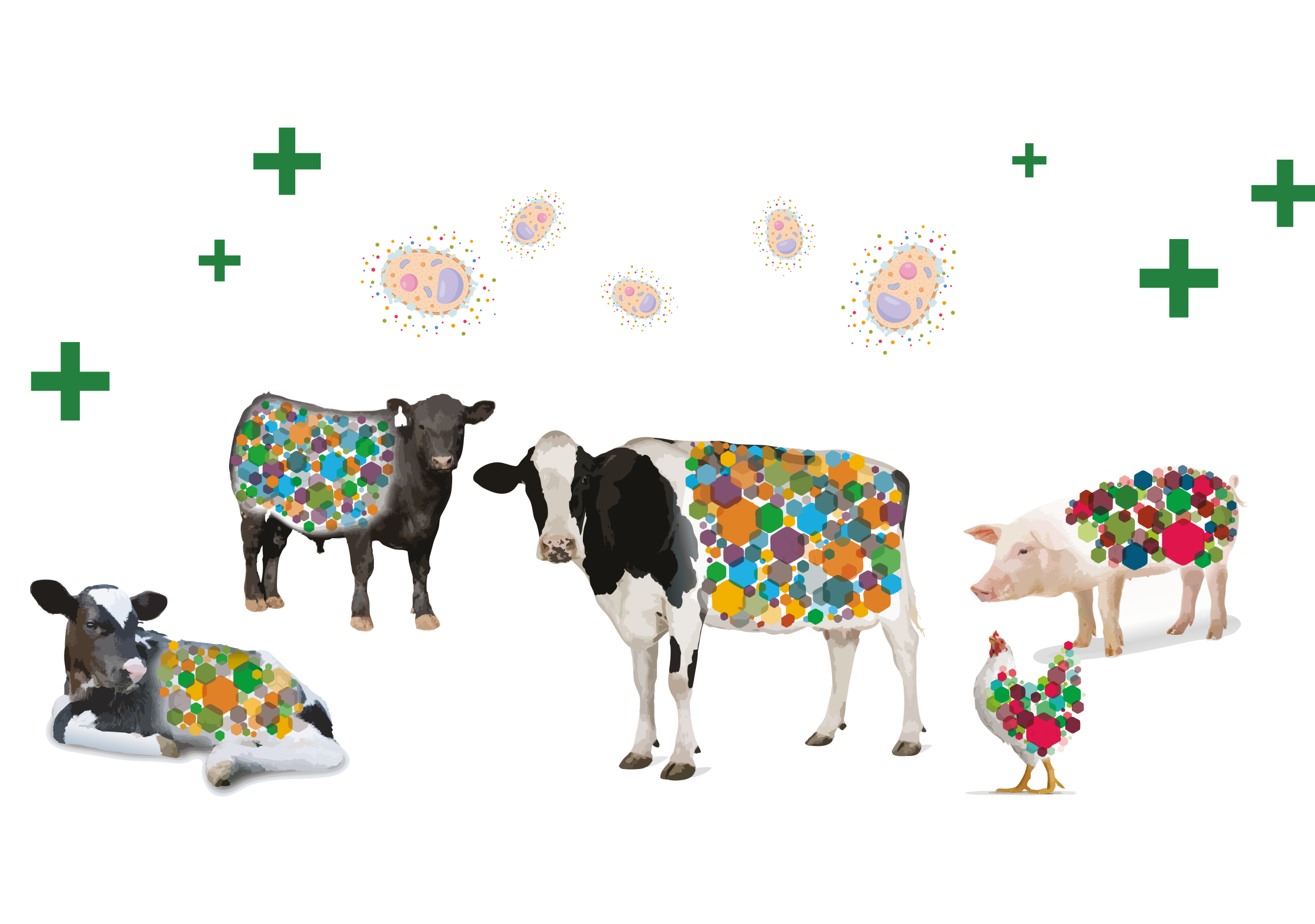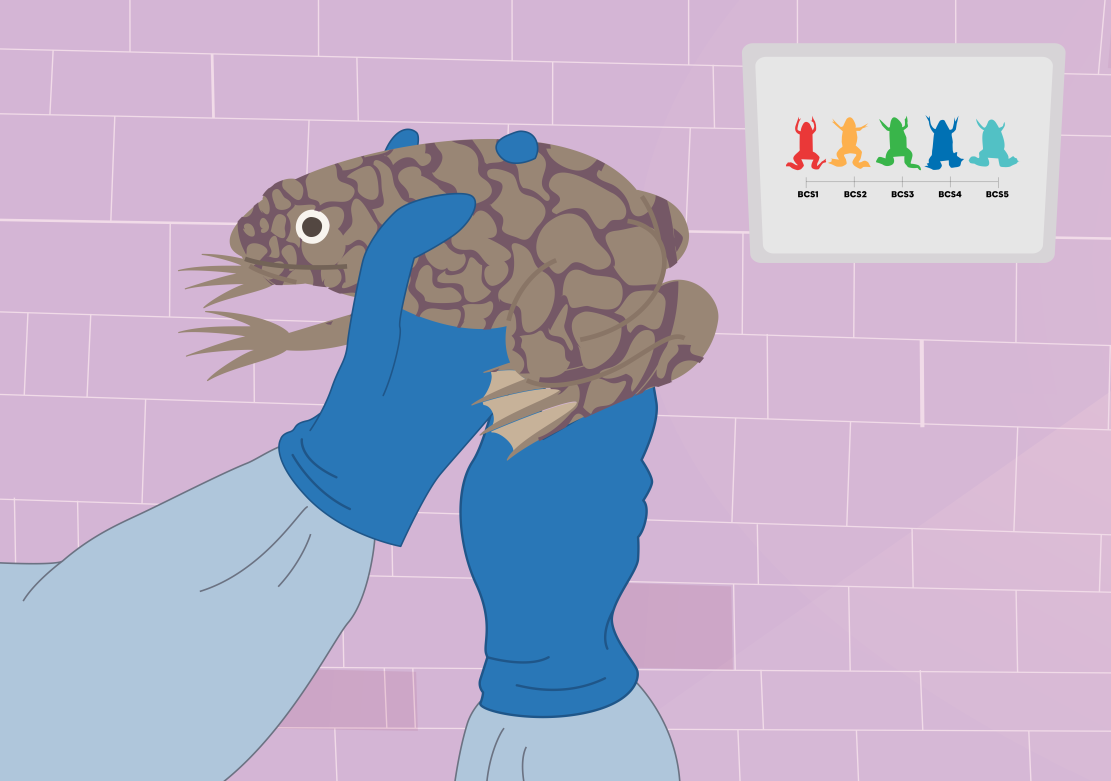Oxidation ditches and aeration tanks are vitally important facilities for urban wastewater treatment. Each of them removes organic pollutants from sewage in a different way. In an oxidation ditch, a rapidly rotating brush pushes wastewater to circulate around a long, narrow channel. This encourages mixing and aeration in the water, helping the microbes inside to break down its harmful organic pollutants more quickly. In contrast, aeration tanks encourage aeration and mixing using uniform grids of diffusers, which release upward-flowing plumes of bubbles. Read More
In each type of tank, organic pollutants are broken down most efficiently in the ‘continuous stirred tank biochemical reactor’, or CSTBR mode: an ideal case where wastewater is constantly being fed in, and treated water fed out, without any pause. However, the mixing patterns required to trigger the CSTBR mode are different in oxidation ditches and aeration tanks, making it difficult for treatment plant operators to optimise their efficiency.
For the first time, Dr Min Yang at Southwest Jiaotong University in China has developed a new set of models that characterise the different mixing patterns in oxidation ditches and aeration tanks. His results clarify how the CSTBR mode can be encouraged to emerge in each case, maximising efficiency in both types of tank.
In his study, Dr Yang started with a series of experiments where he seeded wastewater in oxidation ditches and aeration tanks with tracer particles, which he injected all at once at the opening of each tank. By tracking the motions of the tracer particles, he could then visualise the mixing patterns that emerged over time as they spread evenly throughout the tanks.
Based on this data, Dr Yang then developed mathematical models to analyse the mixing process, which helped him to understand how the CSTBR mode emerges in both types of tank.
In oxidation ditches, it involves two separate types of large-scale mixing occurring simultaneously: the circular movement of fluid particles along a closed loop, and the dispersion of particles at constant speeds. In contrast, the CSTBR mode in aeration tanks is only characterised by dispersion. In each case, the CSTBR mode emerges when mixing patterns are combined with the random, small-scale diffusion of swirling eddies.
On top of this discovery, Dr Yang’s models also revealed that the time taken for wastewater to mix completely can change in predictable ways, depending on the size of the tank. With this insight, oxidation ditches and aeration tanks could be fine-tuned to match the timescales of biochemical breakdown for different types of organic pollutant.
Dr Yang’s results offer a deeper understanding of how oxidation ditches and aeration tanks run, and could help operators of wastewater treatment plants to clean sewage more safely and efficiently.







